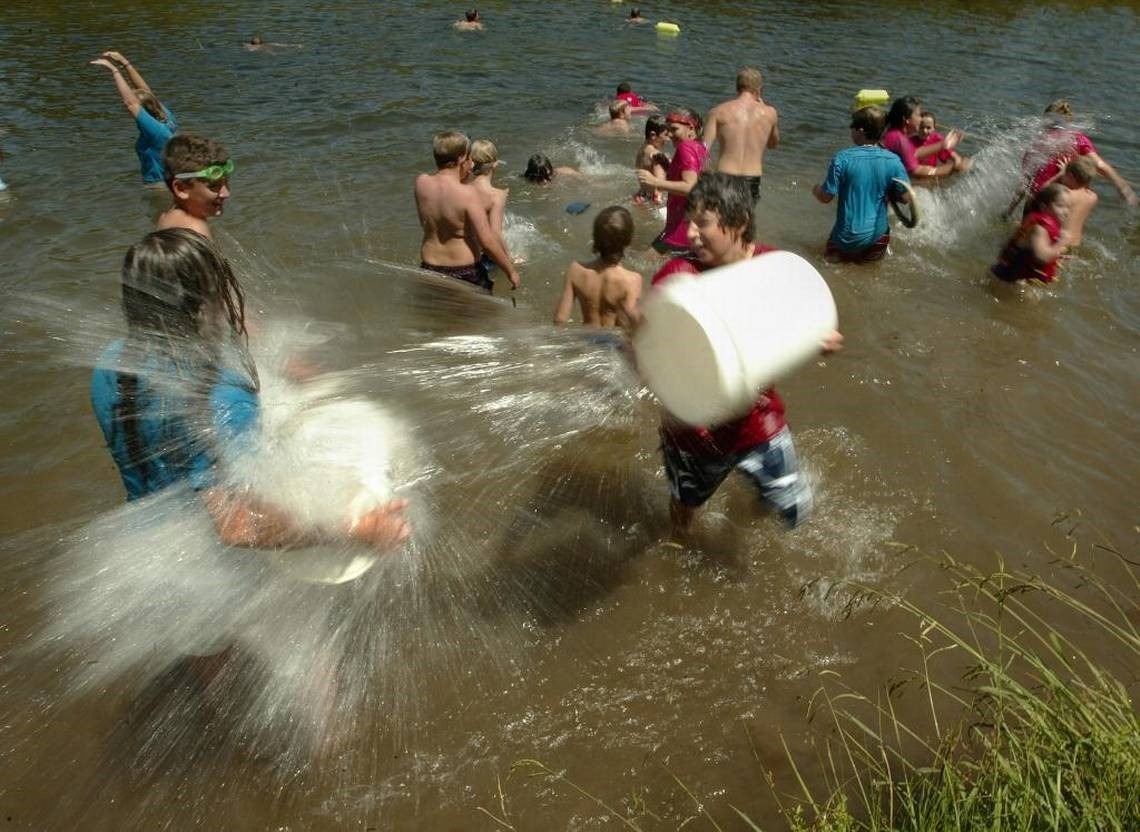
VALLEY VOICES
MAY 12, 2017 12:27 PM
Fun plus flood safety: Park expansion can save Fresno County lives
Parks can help to address public health challenges, including childhood obesity. They also make communities more livable as Central Valley populations boom. And parks can also provide additional, less obvious benefits.
Most significantly, investing in parks could reduce our region’s flood risk in this era of climate change. Gov. Brown finally announced that most of California is no longer in drought, thanks to a record-setting wet winter. Today, the Central Valley is facing the highest flood risk we’ve seen in decades.
These weather extremes place significant stress on existing levees. They also highlight the need to protect riverside communities from flooding and to replenish groundwater.
We have a chance today to address these concerns, while simultaneously creating public spaces along rivers with parks and trails to serve our communities. The Draft 2017 Central Valley Flood Protection Plan proposes a multi-benefit flood management project to provide 100-year flood protection for Firebaugh.
If designed correctly, the project could create a riverside park for Firebaugh, recharge groundwater and become the first leg of a riverside trail between Firebaugh and Mendota.
The San Joaquin River Parkway illustrates how protecting rivers and floodplains can create a vibrant recreational resource for Fresno County residents. As we weigh funding allocations for water supply, flood management and recreation, we should prioritize investments in the Parkway.
The San Joaquin River Parkway reach of the river extends from Friant Dam to Highway 99, and includes a series of parks, trails, and floodplain habitat for wildlife. This is one local effort to create more accessible open space in our park-poor region.
More than a decade ago, the California Department of Parks and Recreation developed a vision for the Central Valley. They concluded that Valley communities are underserved by parks and identified opportunities for improving access.
Based on extensive community outreach, a top recommendation in the vision document was to “[s]ignificantly expand recreational and interpretive opportunities, programs, and the preservation of resources, particularly those along river corridors.”
Central Valley residents want increased river access for fishing, riverside biking and hiking, picnicking, canoeing, nature study and wildlife viewing. Investing in public spaces – through acquiring easements and other land use strategies, in partnership with willing landowners – can make this vision a reality.
Developing parks along rivers brings multiple benefits that make this type of public spending especially efficient. In much of the Central Valley, establishing riverside parks involves setting back levees and designating strategic areas to take in high water during times of flood, protecting farmland and communities, and recharging flagging groundwater reserves in the process.
This type of project requires local and state leaders to think about flood safety in a new way. Instead of building up failure-prone levees that are expensive to maintain, our communities can identify strategic places to expand floodways to lower flood levels. As in the proposed Mendota-Firebaugh Parkway, these spaces can provide much-needed public recreational space when they are not in use for flood control.
The need to improve flood safety is clear. A recent poll by the Public Policy Institute of California showed that 61 percent of California adults support investing in flood safety improvements; in the Valley, that percentage jumps to 65 percent.
The state Legislature is considering placing one or more bonds on the ballot that would support both expanded parks and increased spending on flood-related infrastructure. By advancing opportunities like the Mendota-Firebaugh Parkway, Fresno County has the chance to cost-effectively address its pressing need for investment in parks while also improving public safety.
